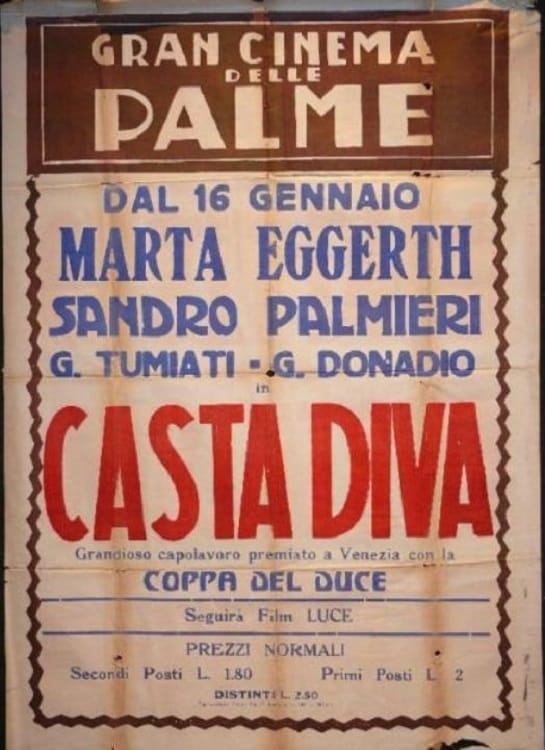Casta diva (1935)
1h 27m
Running Time
June 13, 1935Release Date
Casta diva (1935)
1h 27m
Running Time
June 13, 1935Release Date
Advertisement
Plot.
Martha Eggerth heads the cast of Casta Diva, but the central character is famed Italian composer Vincenzo Bellini, here played by American actor Phillips Holmes. Paying but scant attention the facts, the film concentrates on Bellini's colorful love life. Evidently the film went through several rewriting processes, as witness the curious performances of Donald Calthrop and Arthur Margetson, whose characters do complete about-faces halfway through the story. Amidst so many British accents, Martha Eggerth's Polish intonations seem out of place, but she photographs beautifully and sings quite well. Casta Diva was attractively filmed on location in Naples.
Not to be confused with the 1954 remake (by Gallone himself) or to the English language version "The Divine Spark" (also directed by Gallone and starred by Eggerth).
Where to Watch.
No streaming offers found
Cast & Crew.

Mártha Eggerth
Maddalena Fumarol

Sandro Palmieri
Vincenzo Bellini

Gualtiero Tumiati
Nicolò Paganini

Achille Majeroni
Gioacchino Rossini

Lamberto Picasso
Fumaroli, il giudice

Carmine Gallone
Director

Lina Marengo
a guest

Walter Reisch
Writer
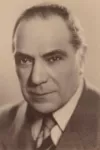
Giulio Donadio
Felice Romani

Ennio Cerlesi
Ernesto Toti
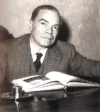
Corrado Alvaro
Writer

Franz Planer
Director of Photography
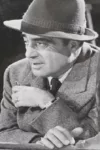
Giuseppe Amato
Producer

William A. Szekeley
Producer

Alberto Fusi
Cinematographer

Massimo Terzano
Director of Photography

Fernando Tropea
Editor

William Szekeley
Producer
Media.
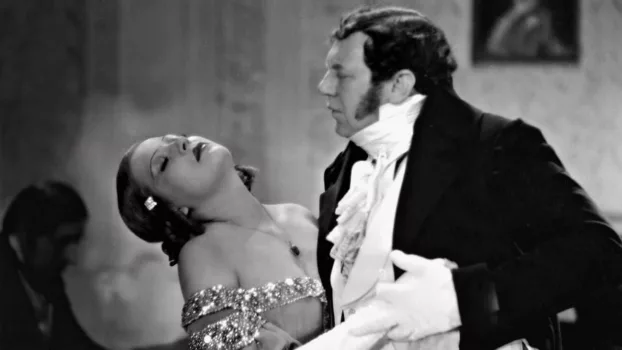
Details.
Release DateJune 13, 1935
StatusReleased
Running Time1h 27m
Filming LocationsCatania, Italy
Genres
Advertisement
Wiki.
Casta Diva is a 1935 Italian musical drama film directed by Carmine Gallone and starring Mártha Eggerth, Lamberto Picasso and Gualtiero Tumiati. The film won Best Italian Film at the 1935 Venice International Film Festival. An English-language version The Divine Spark was made at the same time, also directed by Gallone and starring Eggerth. Gallone remade the film in 1954 in Technicolor.The film's sets were designed by the art directors Werner Schlichting and Enrico Verdozzi. Location shooting took place around Catania in Sicily.
In Bellini's opera, Norma, the soprano's plea to the moon goddess in Act I begins Casta diva, and the aria is well known by that name.

